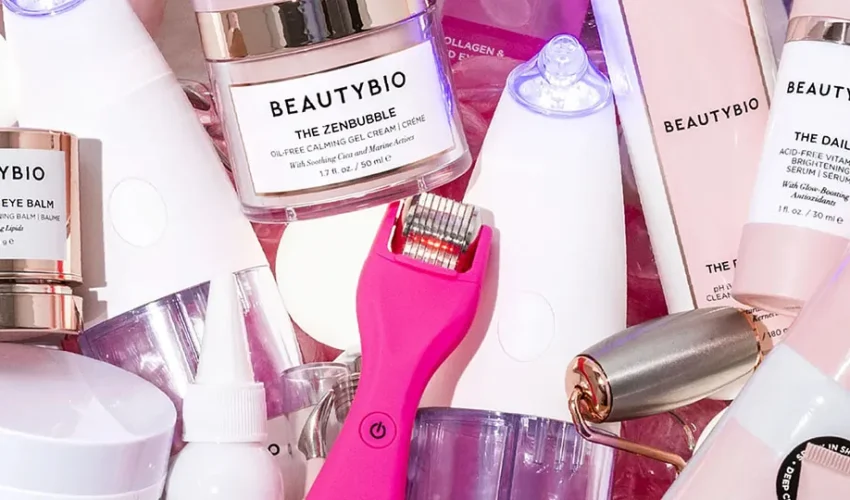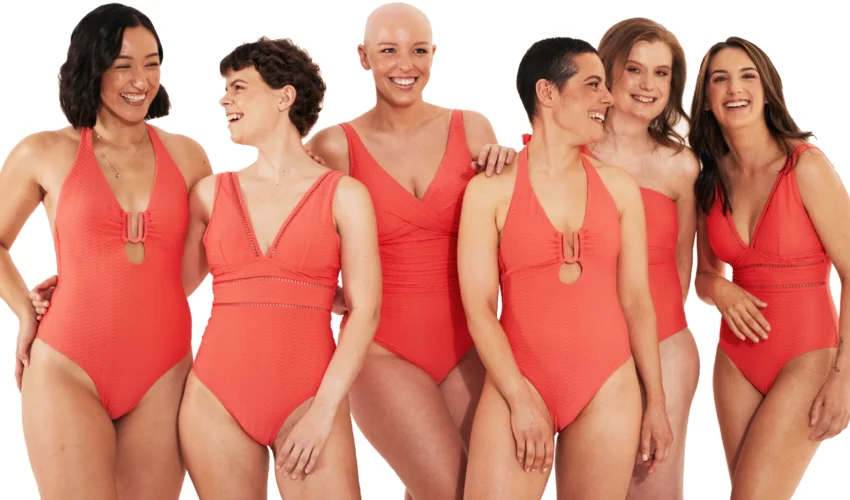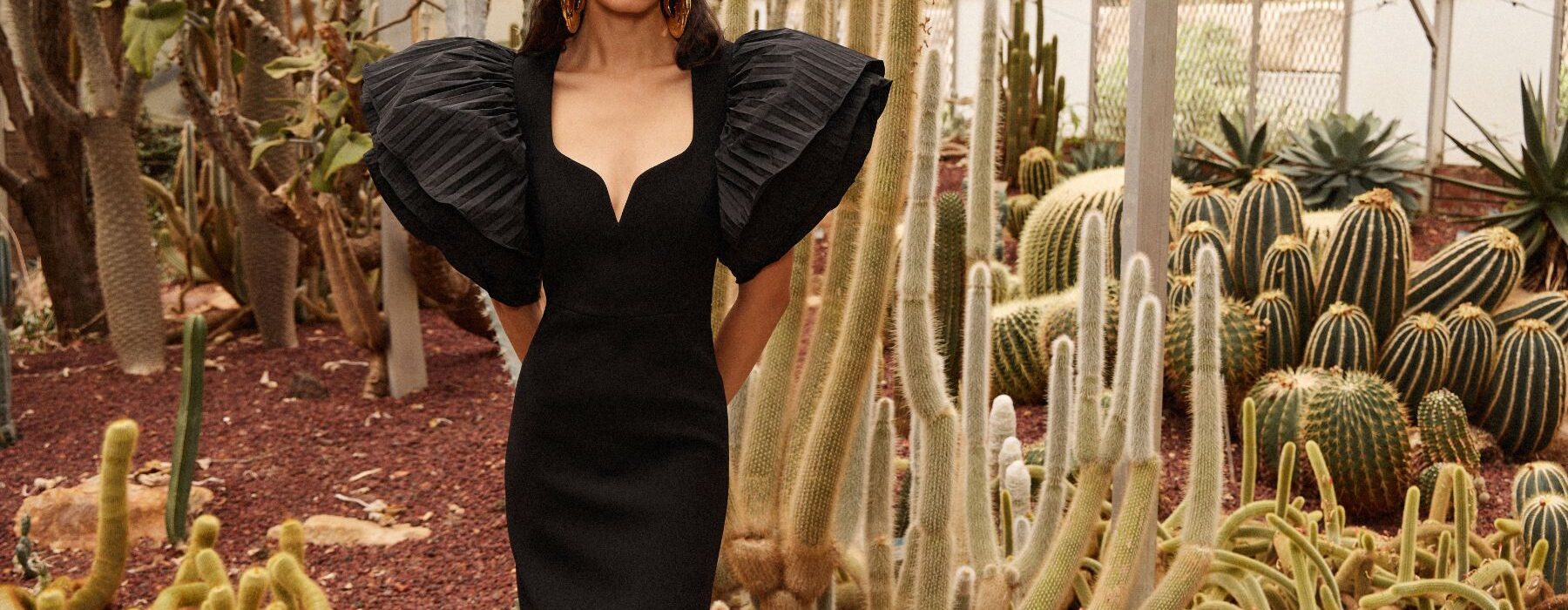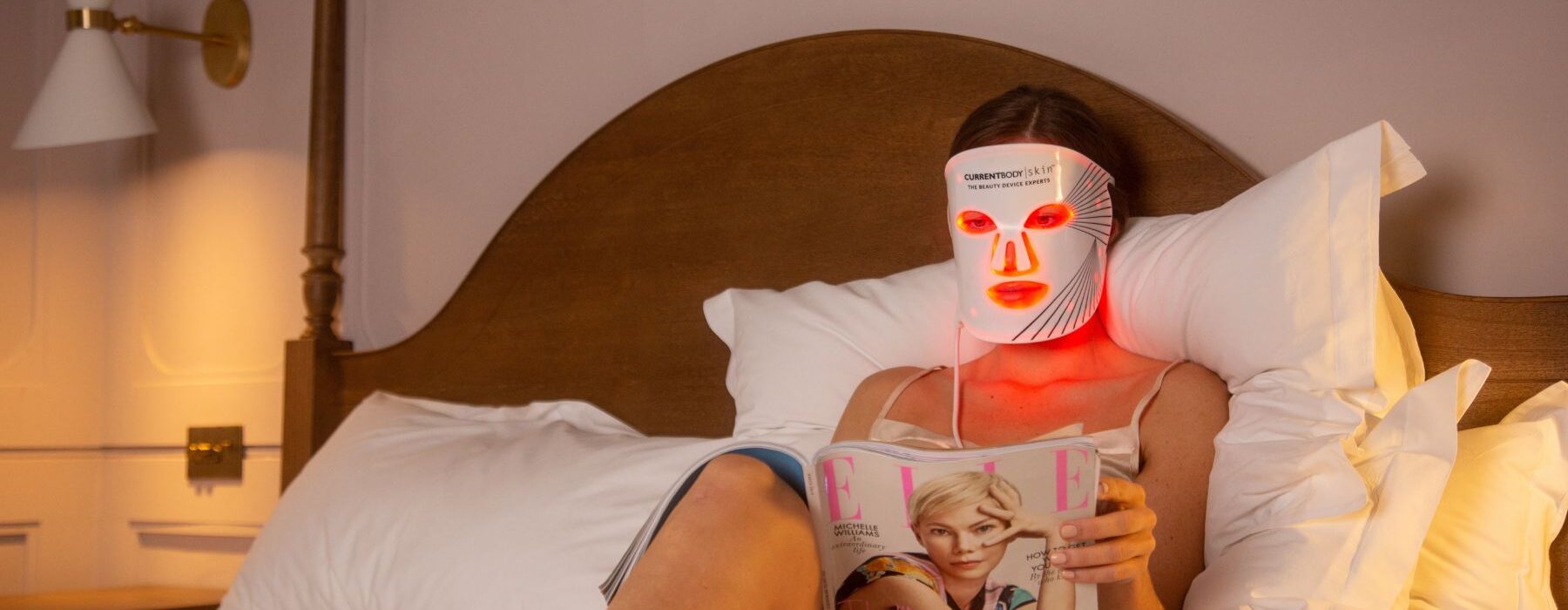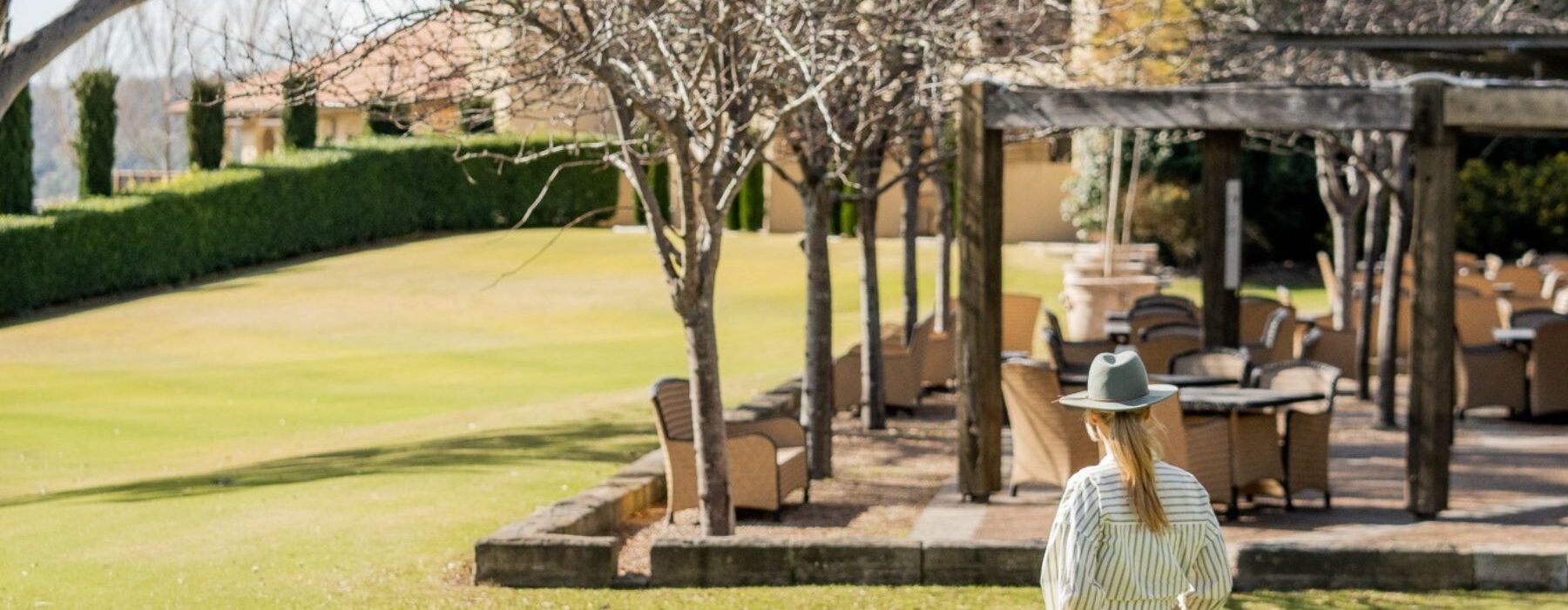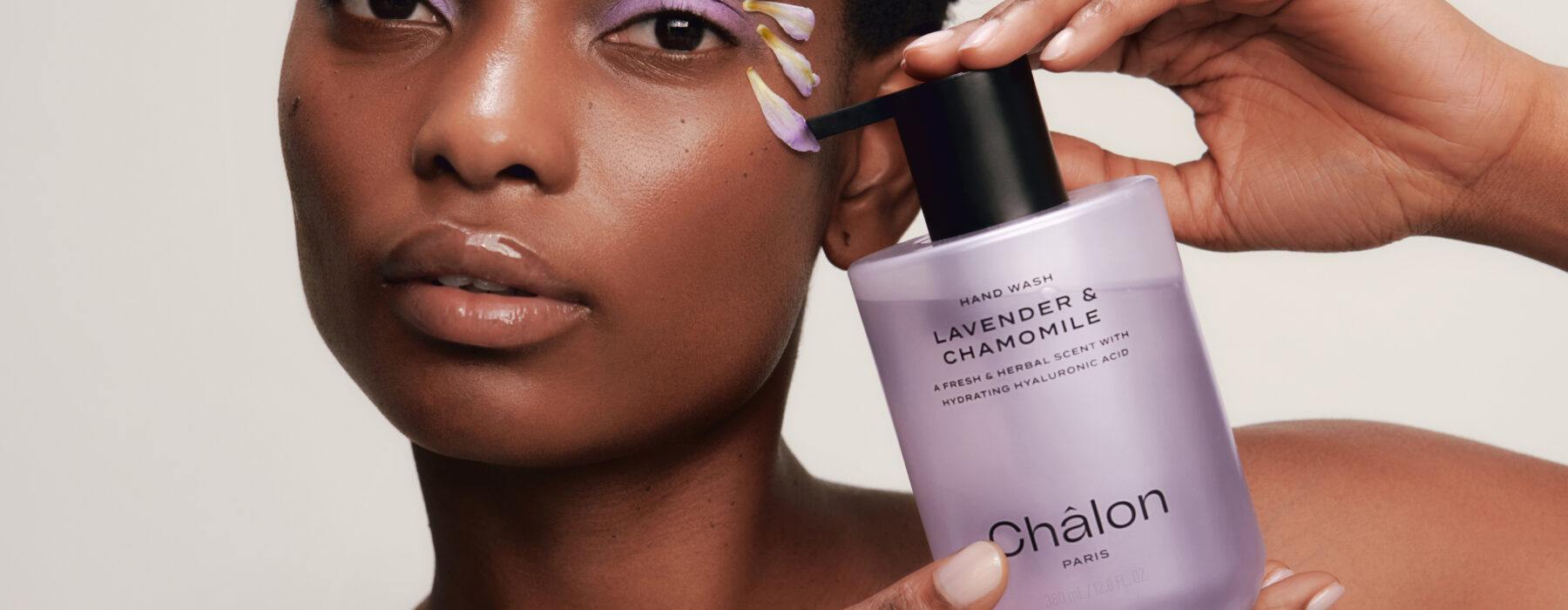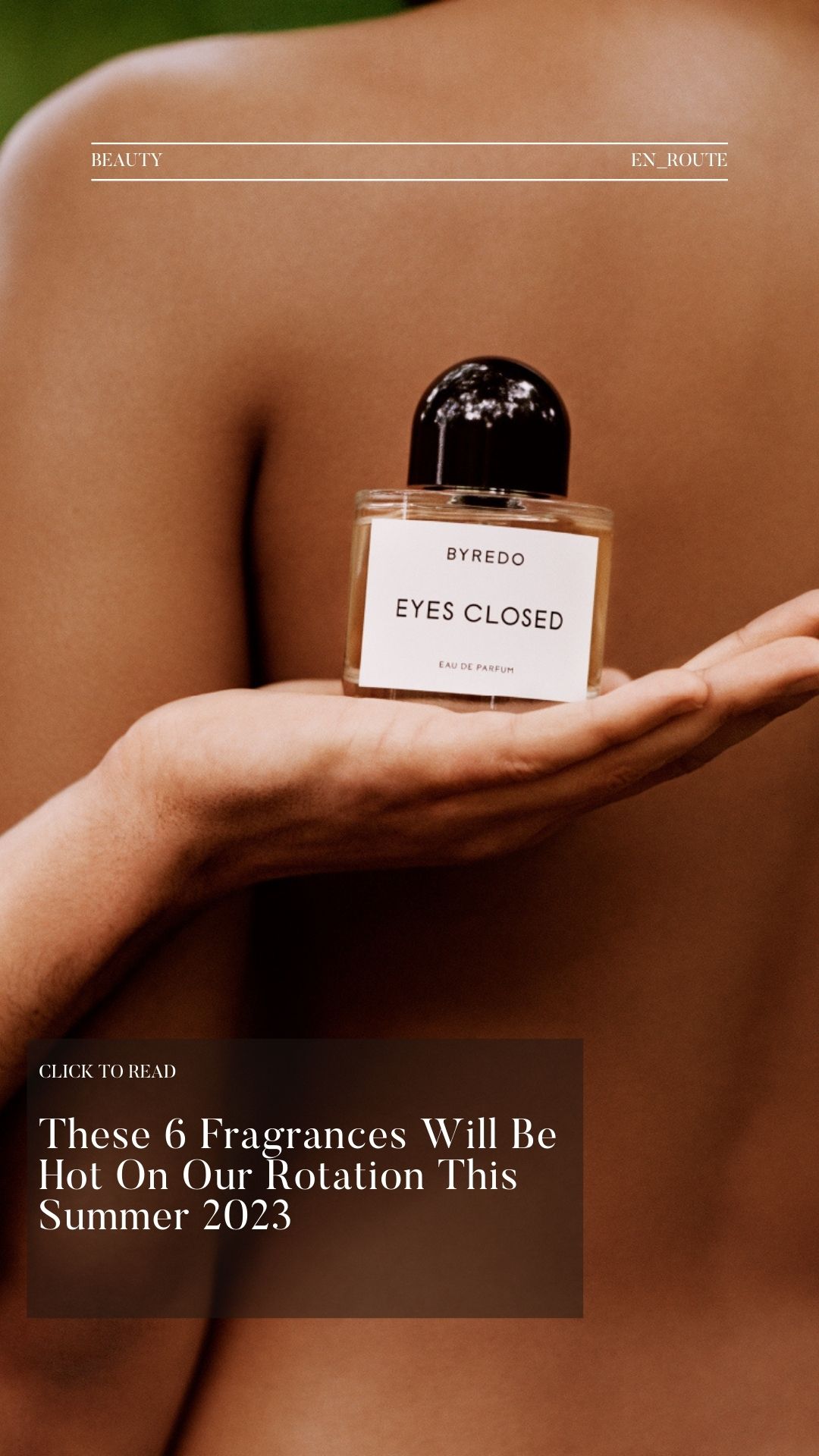Beauty
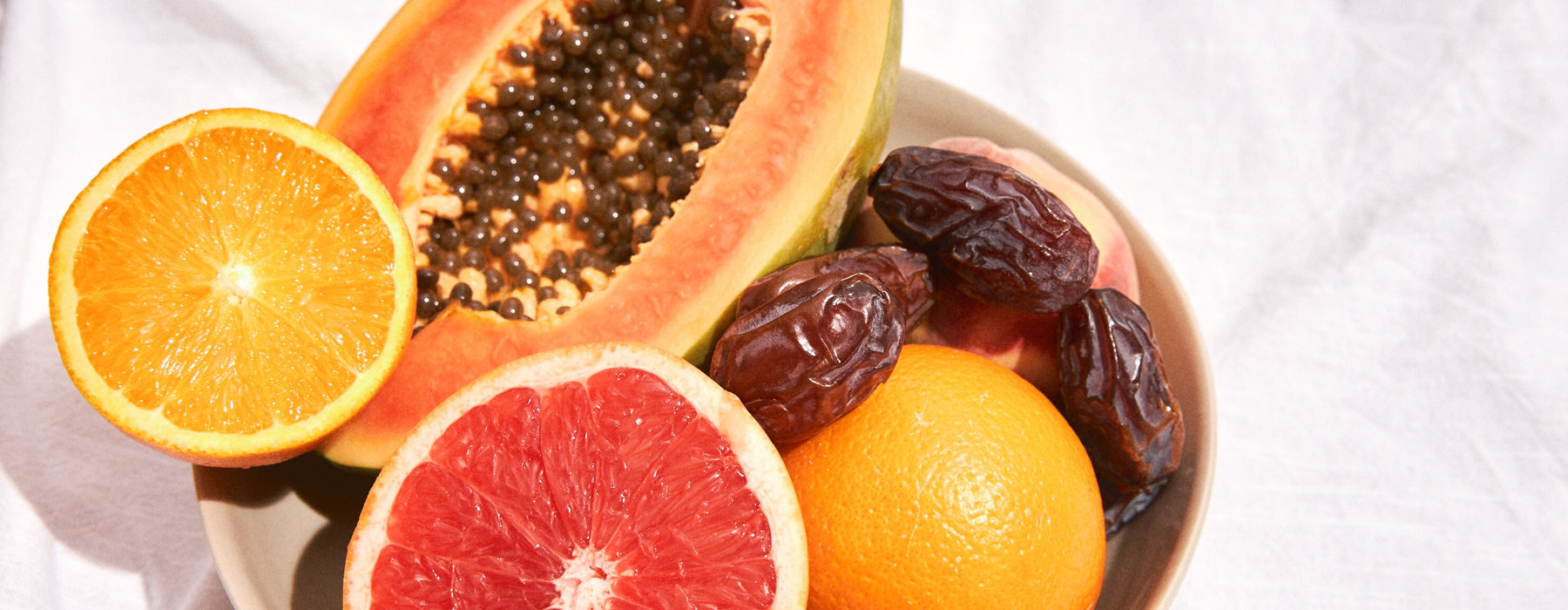
How Happy Is Your Derriere?
When was the last time you checked in on your ass’ wellbeing?
For most of us, our daily commute has been cut down to about 2 mins; our bed straight to the dining room and with very little exercise from sitting on our butts all-day, surely our behinds are starting to get tired of our sh*t.
Being that they enable one of the most important functions of our body, no one ever thinks to check in on our butts to see if they’re doing okay. But thanks to Dr Jenny Sohn MBBS (Hons) MSurg, together we’re shining a light on everything between the cheeks.
You may be asking, how the hell do you even determine what a healthy butt is? A combination of diet, exercise, hygiene and genetic factors all play a part for a healthy butt because we wouldn’t want to be at risk of the main diseases like:
- Anal Abscesses and Fistulas: basically a “pus-ball of infection”. Abscesses can sometimes cause ‘fistulas’ which are abnormal tracts of infection that follow a divergent path from inside the anus to the skin. These require medical review and often surgery
- Anal Fissures: are cuts inside the anus of varying depths which can cause bleeding and pain
- Haemorrhoids: are the enlargement and bleeding of anorectal veins that can protrude to the outside of your rectal walls causing pain and bleeding
- Anal Warts: is another display of HPV (Human Papillomavirus) which is a sexually transmitted disease. Similar to cervical cancer these lesions can lead to anal cancer if left unchecked to grow further
As Dr Sohn mentions, “There’s always a fine balance between genetic and environmental factors in all of the diseases, but environmental factors that we can modify include having a balanced healthy diet, exercise and hygiene” which will help our butts stay happy and healthy.
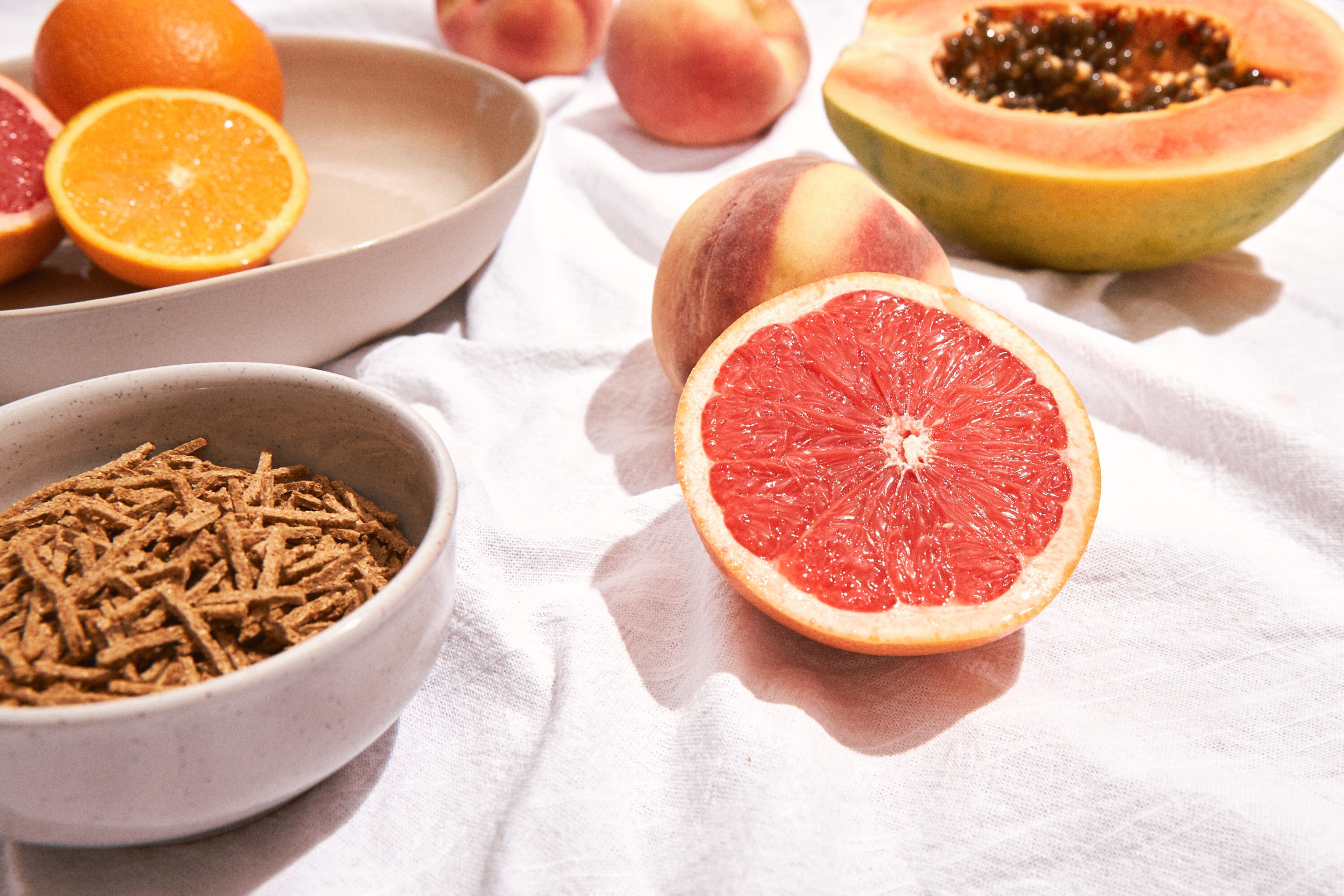

Lucy Alcorn
HIGH FIBRE FOODS
As explained by a study from Government Organisation Heath Direct, foods that are high in fibre are found in vegetables, fruits, whole grains and legumes. Eating a diet rich in fibre reduces the risk of bowel cancer, is good for our digestion, helps prevent constipation and haemorrhoids.
Foods that are high in fibre include:
- Raspberries
- Bananas
- Papaya
- Prunes
- Oatmeal
- Lentils and Beans
- Brussell Sprouts
- Broccoli
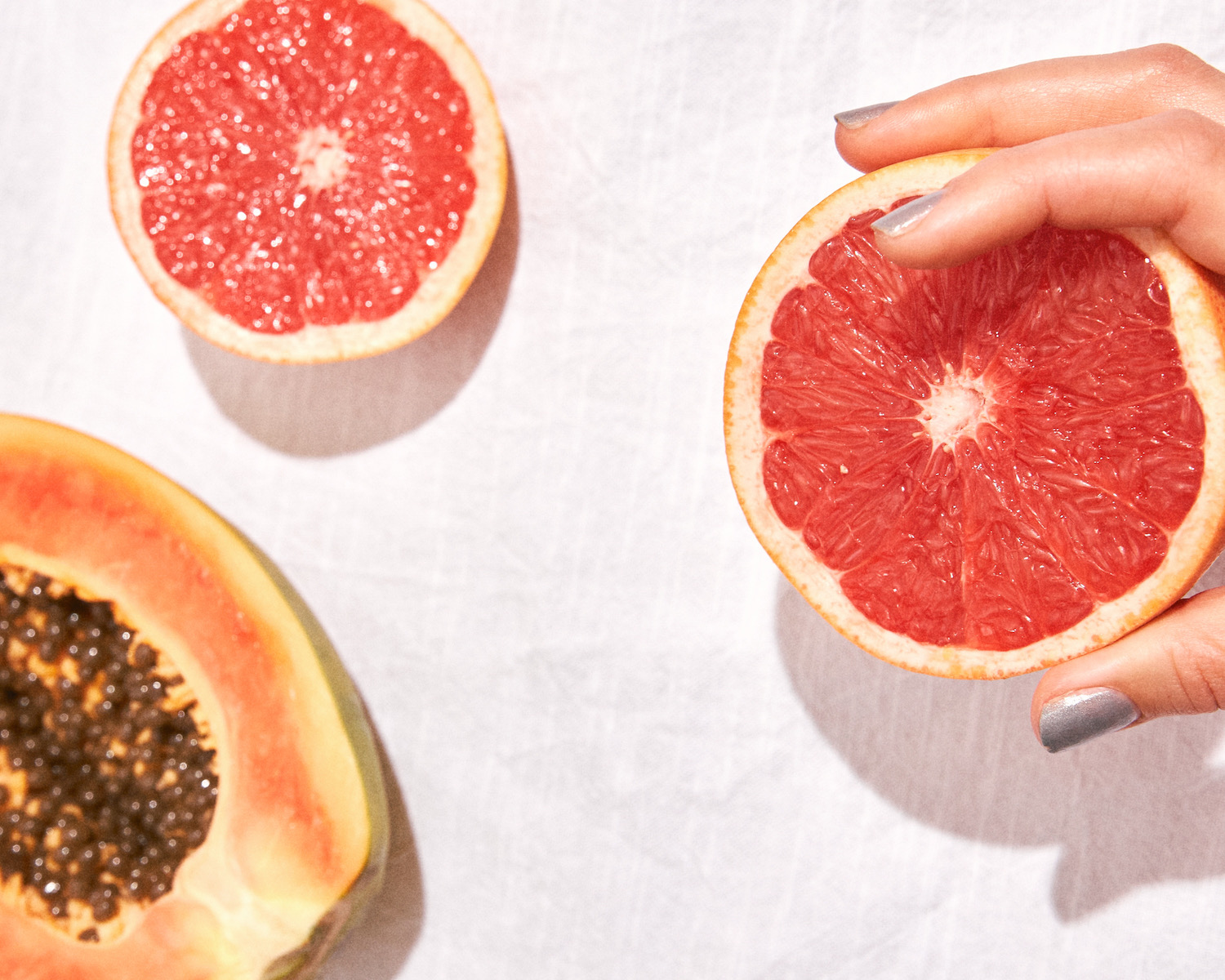
HYGIENE
“Funnily enough, I think we all don’t talk about this enough!” states Dr Sohn. Theoretically, just water should be enough as well as making sure the area is cleaned thoroughly. The use of bidets may help in some cases to aid cleanliness and products such as Femfresh and other PH balanced intimate cleansers may be of benefit”.
Many of us can also spend copious amounts of time reading our phone on the toilet (looking at you, boys), but Dr Sohn says “no phones” and there are a few reasons as to why…
- The aim is to get the job done as quickly as possible and unfortunately, phones are a distraction, not to mention the faecal particles that land on our phones.
- Sitting on the toilet for too long leads to excessive pressure to which we are at risk of haemorrhoids as they are exacerbated by the increase in abdominal pressure, including repeated straining.
- Make a daily habit of going to the toilet at the same time every day to create a routine which will help you get it going along faster.
Now, remember, get off your butts, get some exercise, don’t eat too many processed foods and wash your ass!
Read More Beauty
Read More From En Route

Just In! Be In The Know Fridays
Culture
07/24

Viral Beauty: The ROI of Radiance
Beauty
07/24

Your guide to the Hunter Valley
Travel
07/24
come En-Route with us
Sign-up for our newsletter.
By clicking "submit", you agree to receive emails from En-Route and accept our privacy and cookie policy.

